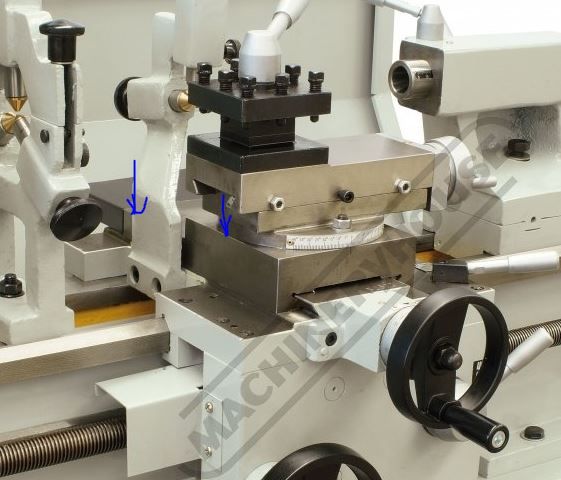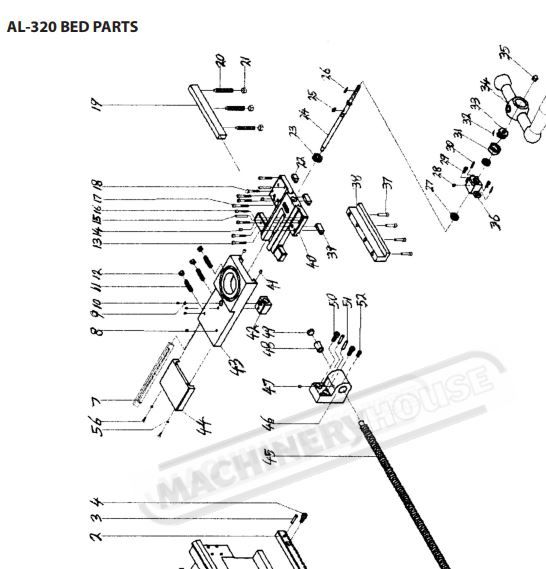As Ady1 says lathe/mill combinations are always a massive compromise and rarely truly satisfactory on milling duties.
Probably the least unsatisfactory style is the type with a self contained milling head affixed to post at the rear of the lathe bed at approximately mid travel. The top two pictures on this page from Tonys invaluable lathes.co site **LINK**. show a typical example of this style that is generally accepted to be well executed and perform well given the inevitable limitations.
The major issues are work-space volume and the engineering compromises needed to make something affordable. By proper milling machine standards the heads are invariably light duty. Necessarily so as the bolt on column cannot match these stiffness of a proper mill. Even when, as in the case of the Emco, the head and column are a straight lift from a small bench mil the purpose built milling version ends up significantly stronger and able to handle much heavier cuts. The common lathe bed V and flat configuration has stiffness issues to when compared to a purpose built mill. Lathe saddles generally need to be set to move more freely than milling table which doesn't help. Although a boring table will be fitted to the cross slide to carry milling jobs its inevitably smaller than a purpose made milling machine table. The cross slide ways are much smaller and less stiff too. Downfeed arrangements are rarely fully satisfactory when compared to proper mills. But that is something where compromises often need to be accepted in smaller, affordable mills anyway.
Even given its limitations such a set up is still a major step up from a vertical slide and pretty effective for small, modellers style, work. Even the professionals have trouble for real size work e.g. **LINK** , and http://www.lathes.co.uk/adcock&shipleycombination/index.html. The milling capacity is small given the size of the machine. Worth a look at the combination machines section over at lathes.co to get some idea of the physical limits.
I seriously doubt that any such combination can have the stiffness and work capacity needed for vintage motorcycle work and the like. Its trite, but true, to say that a Bridegport is about where you can stop worrying about workspace capacity for any 12" to the foot scale jobs that you can lift by hand without help. I always feel its better to scale down from a Bridgeport as you figure out what the smallest machine that can reliably handle your planned work is rather than to try and scale up to something that the job can be squeezed onto. Do remember proper mills of necessity sprawl and take up relatively more space than a lathe primarily because all the work and tool holding equipment has to go inside the nominal workspace.
Clive.
Edited By Clive Foster on 11/12/2018 12:00:26
Chris Evans 6.






